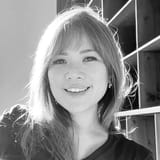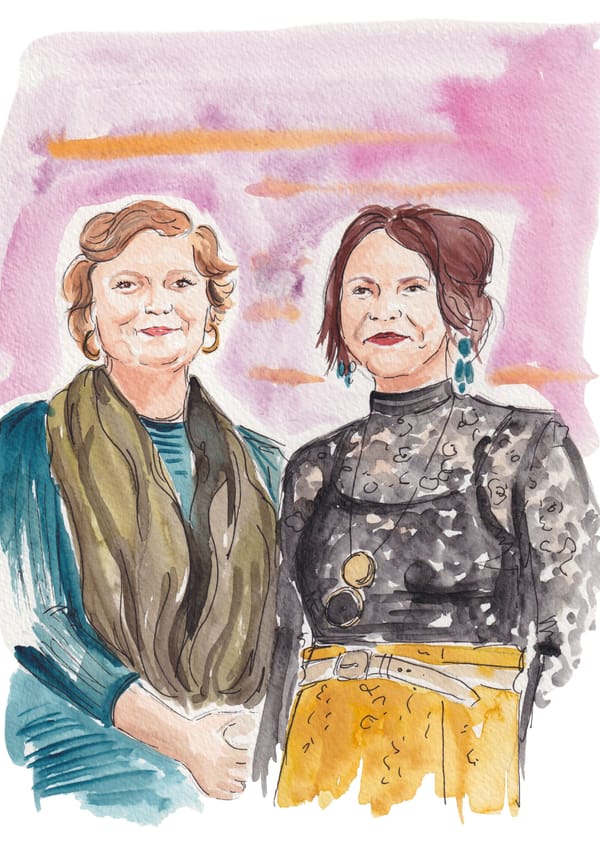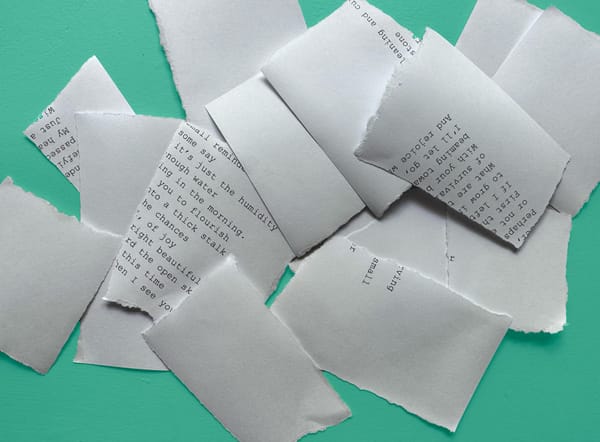Who Takes the Photo, Tells the Story
The founder of Women Photograph on how diversity in photojournalism can change the conversation. (Yes, it really matters.)
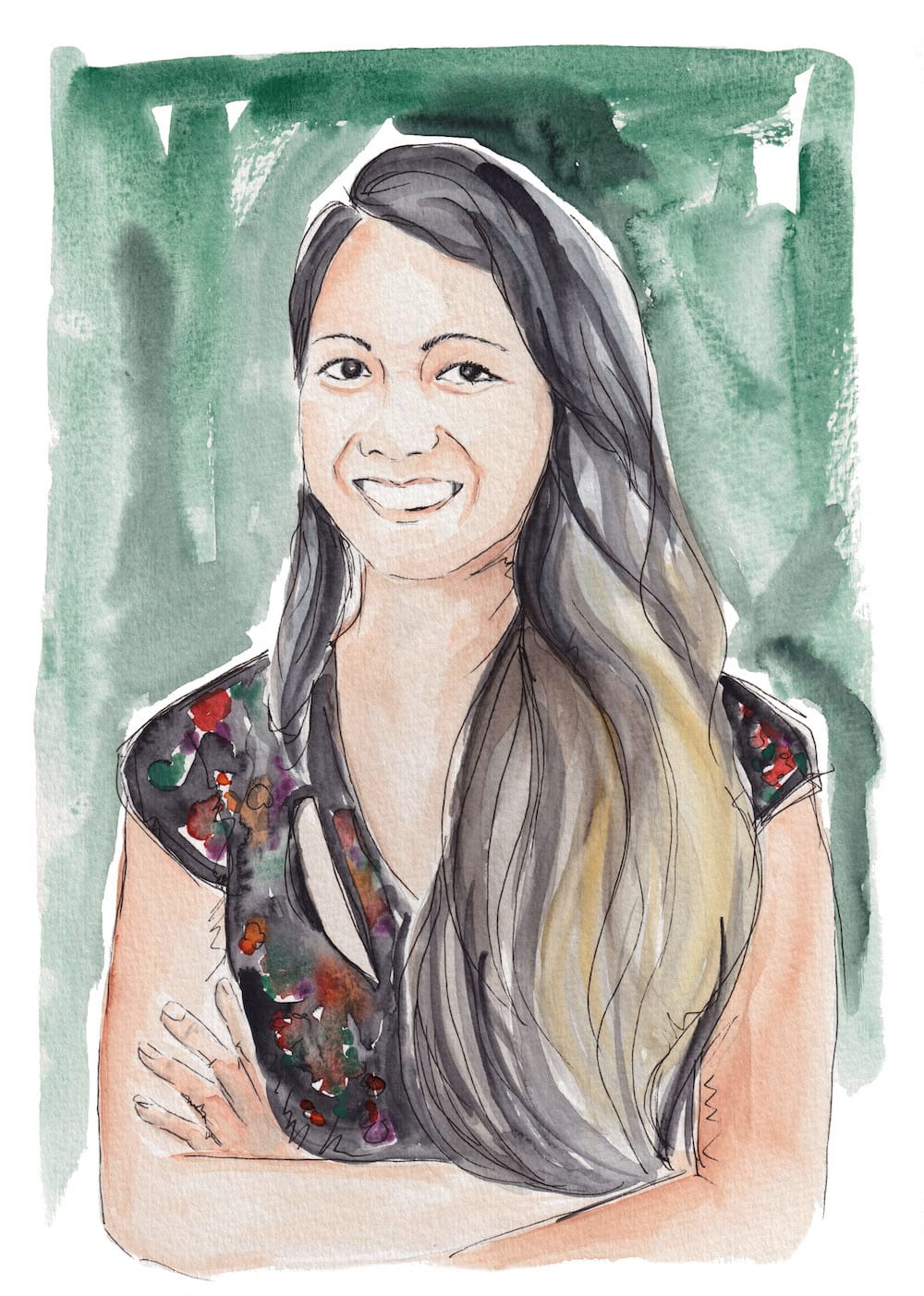
The Persistent is available as a newsletter. Sign up here to get it delivered to your inbox.
The world is awash in images. With over 3.2 billion photographs published online each day—that’s over 60,000 snapshots per second—knowing how to read visual images has become an essential skill.
To the Vietnamese-American documentary photographer and educator Daniella Zalcman, this literacy begins with questioning who is behind the camera. In monitoring the photo credits of news images, she realized that men are overwhelmingly the ones framing stories in the media.
Tired of hearing excuses for why women are passed over for assignments, Zalcman launched Women Photograph, a 1,400-strong network of women and non-binary photojournalists. The platform quickly drew a following and has, since its launch in 2017, become a veritable campaign headquarters for a broad range of femme voices.
“It is easy to believe that we, as photojournalists, simply freeze the world around us frame by frame, working as unbiased observers who are fully detached from the events we cover,” Zalcman wrote in her 2023 book, Women Photograph: What We See. “But in reality our identities and lived experiences deeply impact how we access spaces and choose to tell stories."
Earlier this Summer, Women Photograph awarded grants to six photographers selected from over one thousand entries. Not long after, The Persistent spoke to Zalcman about her campaign for diversity in photojournalism—and why it matters.
The conversation has been lightly edited for length and clarity.
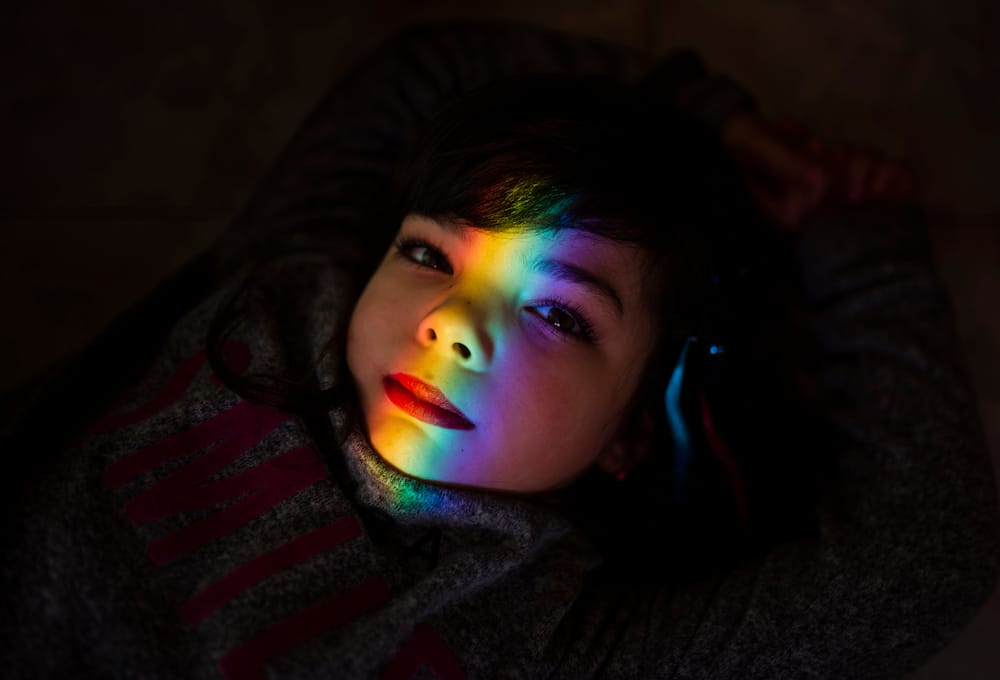
Women Photograph launched at a time when less than one-fifth of photojournalists were women. Have things improved?
It’s been very incremental and very slow. I would love to see things move at a less glacial pace. As reflected in our data, we were steadily increasing in visibility and moving towards parity for the first six years, then we saw that number decrease in 2022 for the first time ever.
By virtue of sheer luck, we launched shortly before the #MeToo movement. All of a sudden, there was this global conversation about gender equality, visibility, and equity when it came to women in the workplace. After the murder of George Floyd in 2020, there was a parallel conversation around race. Unfortunately, I think that we are now seeing a backlash to a lot of the benefits that came out of both of those movements. This is not unique to the visual media industry; it no longer feels like it's at the forefront of people’s minds in the way that it was during our first five years.
How do you respond to those who say they’re weary of the gender argument and who question the cause of advocating for women today?
If you hope to accurately cover the entire planet, you need to have a diverse set of storytellers able and willing to do that.

